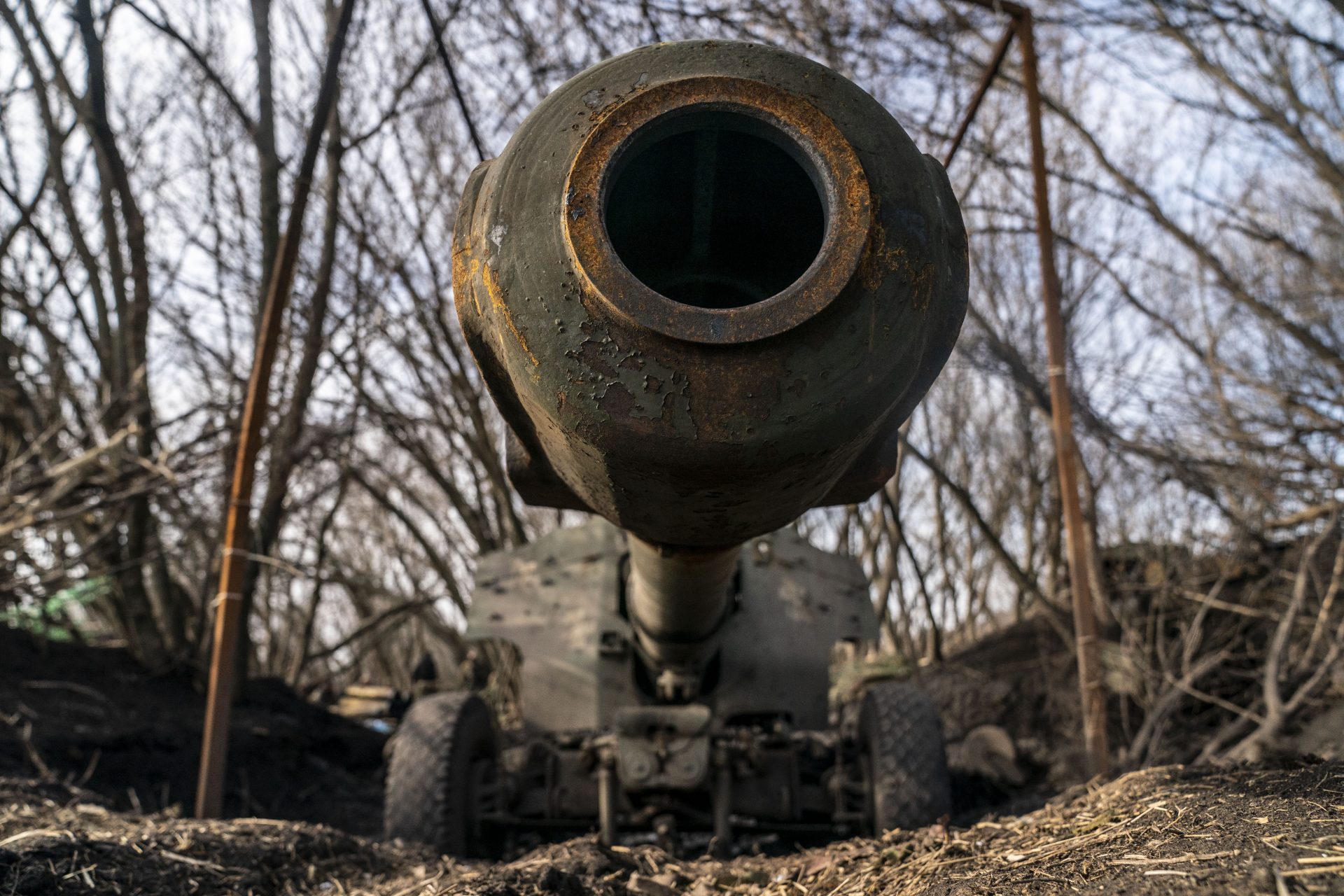Remember when NATO scrambled jets to intercept a Russian threat?
Tensions between Russia and NATO member states have reached a new height since Moscow ordered the invasion of Ukraine. At no time has this become more apparent than when NATO fighter jets are scrambled to deal with Russian threats to the alliance's borders.
December 2024 saw the situation between Russia and NATO escalate along NATO's eastern frontier after the defensive alliance was forced to deploy several air patrol missions to intercept multiple Russian aircraft reportedly flying in restricted zones.
On December 13th, the French Armed Forces revealed on social media that two of its Rafale fighter jets were scrambled to intercept a Russian Ilyushin Il-18 off the coast of Estonia, over the Baltic Sea.
Photo Credit: X @NATO_AIRCOM
According to Business Insider, NATO air command revealed it was the first time French Rafale fighter jets stationed in Šiauliai, Lithuania on a policing mission for the defensive alliance had been scrambled.
Photo Credit: X @NATO_AIRCOM
Additional details about the incident published by Aerospace Global News reported that the Russian airplane hadn’t filed a flight plan and was not “conforming to safe norms” in the air, which led to the interception.
Photo Credit: X @NATO_AIRCOM
The Ilyushin Il-18 wasn’t in contact with air traffic control, which is routine procedure for Russian aircraft operating in the Baltic Sea. The plane had a quasi-civilian paint scheme but was outfitted with ventral antennas.
Aerospace Global News noted that the intercepted Ilyushin Il-18 belonged to the 354th Special Purpose Aviation Regimen, which is a part of Russia’s 8th Aviation Red Banner Special Purpose Division stationed at Chkalovskiy just east of Moscow.
Photo Credit: Wiki Commons By Yevgeny Volkov, CC BY 3.0
“The unit operates some of the Kremlin’s most sensitive reconnaissance aircraft, while other elements of the Division operate Russia’s command and control platforms,” which includes Putin’s ‘Doomsday’ airborne command post, Aerospace Global News added.
The December 13th interception came just days after Dutch F-35 fighter jets stationed in Estonia were scrambled to intercept three Russian airplanes flying in the region that were also suspicious to NATO air command.
The Dutch Defense Ministry revealed that its fighter jets intercepted an Antonov An-72, a Su-24, and an Ilyushin Il-20 in two separate incidents that saw the An-72 and Su-24 approach NATO airspace without identifying themselves, The Defense Post reported.
Photo Credit: X @NATO_AIRCOM
The Russian Ilyushin Il-20 was intercepted at midday, and like the first two planes, was escorted by the Dutch F-35s fighter jets “at a distance to the border of the NATO area of responsibility” according to the Dutch Government.
Photo Credit: X @NATO_AIRCOM
“This is why our people are there: to protect our collective airspace against Russian threats. As was once again evident on Friday, Russian forces are active in various ways near NATO airspace,” Dutch Defense Minister Ruben Brekelmans said of the incident.
The incidents took place just days after Amsterdam deployed fighter jets to Estonia as a part of its rotational obligations to the NATO Air Policing Mission on the eastern border of the defensive alliance’s territory.
Newsweek also reported that NATO air patrol missions from December 23rd to the 29th saw similar jet scrambling that "conducted defensive attacks to intercept Russian Il-20 and An-26 aircraft that were reportedly violating flight rules" according to the news outlet.
NATO interceptions of Russian aircraft on its eastern border had been occurring with regularity in the latte weeks and months of 2024. A similar incident occurred in November and saw Norwegian F-35s scrambled to intercept Russian aircraft according to Business Insider.
Photo Credit: X @NATO_AIRCOM
NATO Air Command reported that the Norwegian F-35s were scrambled to intercept Russian aircraft "not adhering to international norms" near Norway’s coast. Italian air force fighter jets also intercepted Russian planes in the Baltic Sea on the same day.
Photo Credit: X @NATO_AIRCOM
According to Aerospace Global News NATO’s air policing missions provide a type of air defense it calls Quick Reaction Alert for Estonia, Latvia, and Lithuania, all of which lack the air assets required to manage their airspace.
“Other NATO air forces therefore take turns in guarding their airspace, mounting three month (four month since 2006) rotational deployments,” Aerospace Global News noted. The system helps NATO maintain 24/7 vigilance in the region.
More for you
Top Stories































